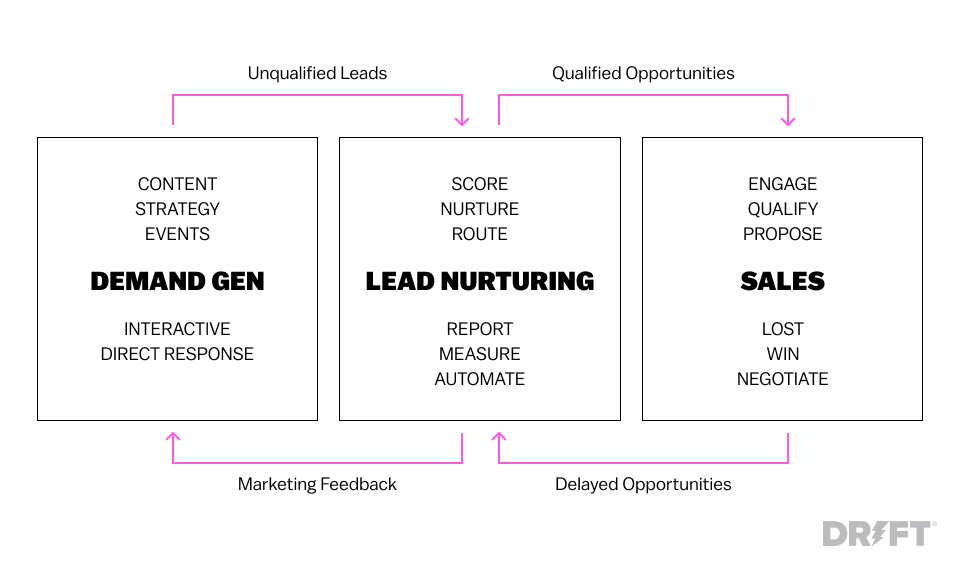Introduction
Assignment 1.3 requires an understanding of technical definitions, including how to distinguish between levels of detail and how to choose appropriate details. Additionally, students must understand how definitions can vary based on audience and objective.
Complex Term: Demand Generation
Situation UBC Camps is hosting a seminar on the various skills and interests young adults can acquire through participating in the spring/summer camps at UBC, such as marketing and business analytics.
Parenthetical Definition
Demand generation is a data-driven marketing strategy.
Sentence Definition
Demand generation is a marketing technique that uses data to create interest and recognition for a company’s products, with the ultimate goal of fostering long-term customer engagement.
Expanded Definition
History
The term “demand generation” originated in the early 2000s when businesses began to recognize the importance of attracting and engaging potential customers in a comprehensive way. The concept of demand generation was first used in a marketing context to describe a data-driven, multi-channel approach to attracting and nurturing leads, with the ultimate goal of driving revenue growth (Katz, 2003).
Today
Demand generation has become an integral part of the modern marketing landscape, with organizations of all sizes and industries investing in programs and strategies aimed at increasing demand for their offerings and driving long-term customer engagement and business growth (Simms, 2010). The word “demand” refers to the interest and desire for a company’s products or services, while “generation” refers to the process of creating and fostering that demand (Hayes, 2008).
Operating Principles
The operating principles of demand generation involve a data-driven, multi-channel approach to attracting and nurturing potential customers. This includes tactics such as content marketing, email marketing, social media marketing, search engine optimization, and others, with the goal of building a strong and engaged customer base. The focus is on creating and fostering interest and desire for a company’s products or services through targeted and personalized marketing efforts, and tracking and analyzing customer behavior and engagement data to continuously improve and optimize the demand generation strategy (Hubspot, 2020; Gartner, 2021).
Example
A real-life scenario of using demand generation could be a software company seeking to attract and convert potential customers. They may use a combination of tactics such as email marketing, content marketing, social media advertising, and webinars to generate interest in their product and engage with their target audience. The company may also use data analysis and customer feedback to optimize their demand generation efforts and ensure they are effectively meeting the needs and wants of their target market. Ultimately, the goal of demand generation is to build a pipeline of qualified leads and convert them into paying customers, resulting in revenue growth for the company.
Visual
Figure 1: Demand Generation | Drift Demand Generation Marketing Guide

Note: This image depicts how demand generation aims to attract and nurture leads through a data-driven, multi-channel approach for high-quality sales leads.
References
Hubspot. “Demand Generation Strategy Playbook.” 2020.
Katz, Michael. “The Rise of Demand Generation.” Marketing Insider Group, 6 June 2003, www.marketinginsidergroup.com/content-marketing/rise-demand-generation/.
Simms, Linda. “The Evolution of Demand Generation.” MarketingTechBlog, 7 Apr. 2010, www.marketingtechblog.com/the-evolution-of-demand-generation/.
Hayes, Dave. “Understanding Demand Generation.” B2B Marketing Insider, 27 Aug. 2008, www.b2bmarketing.net/en-gb/resources/articles/understanding-demand-generation.
Leave a Reply